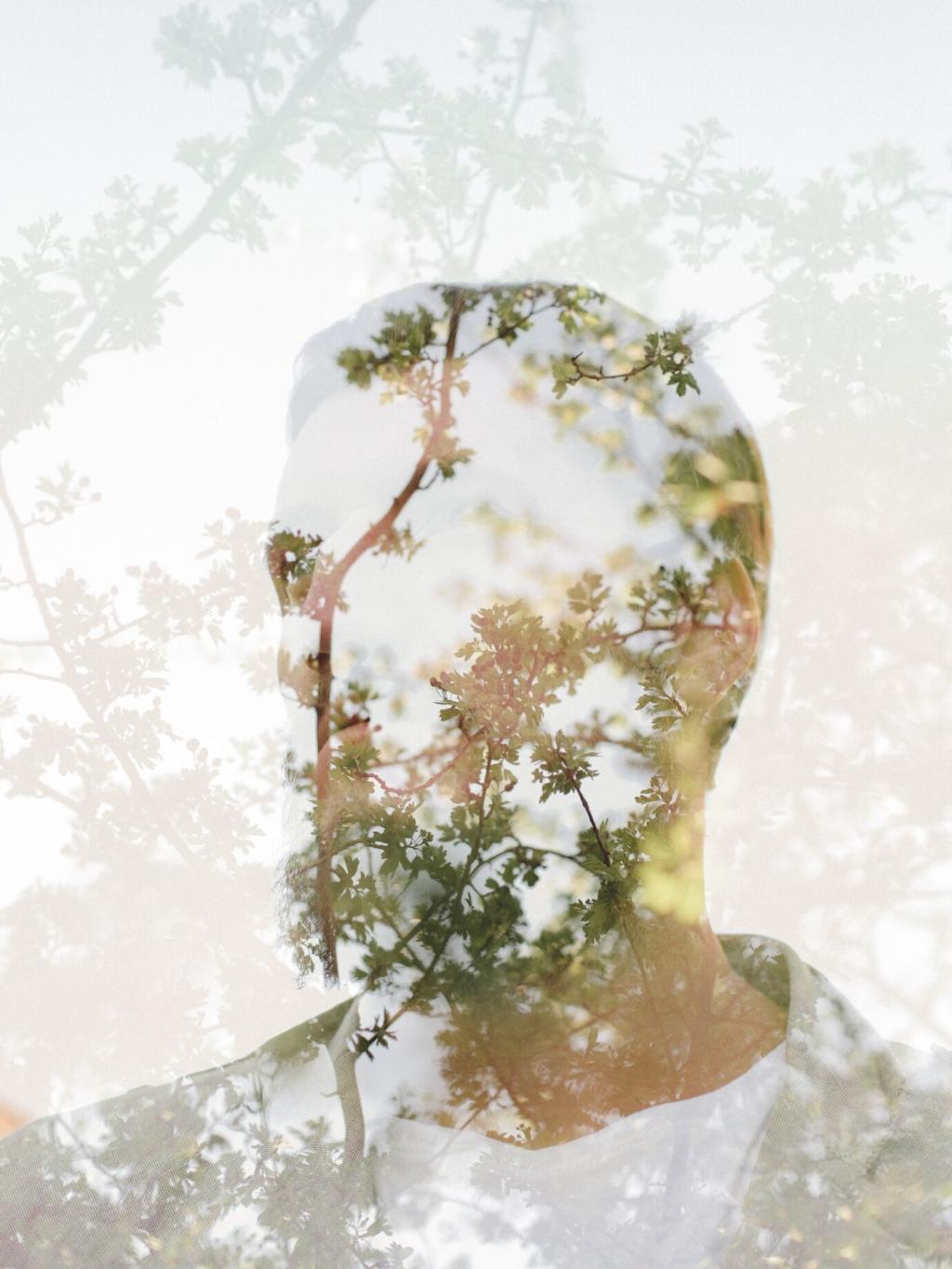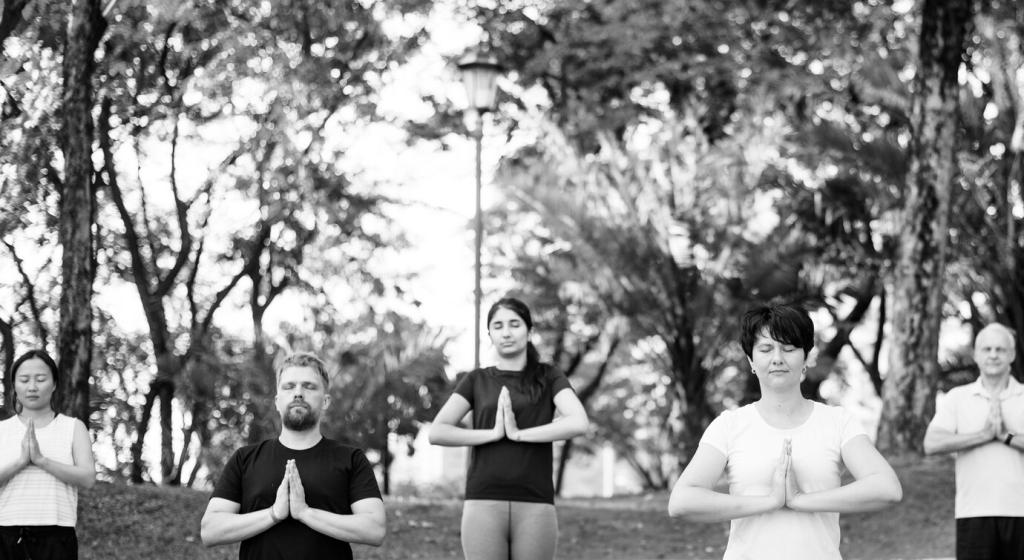Context that Deepens Calm
Van Gogh painted this scene in 1889 at the asylum in Saint-Rémy-de-Provence, inspired by the pre-dawn view from his east-facing window, folding memory and imagination into the village below.
Context that Deepens Calm
Notice deep blues pushing against radiant yellows. Rather than literal night, the palette maps feeling: restlessness, awe, and longing, rendered through contrasts that invite presence instead of hurried judgment.









